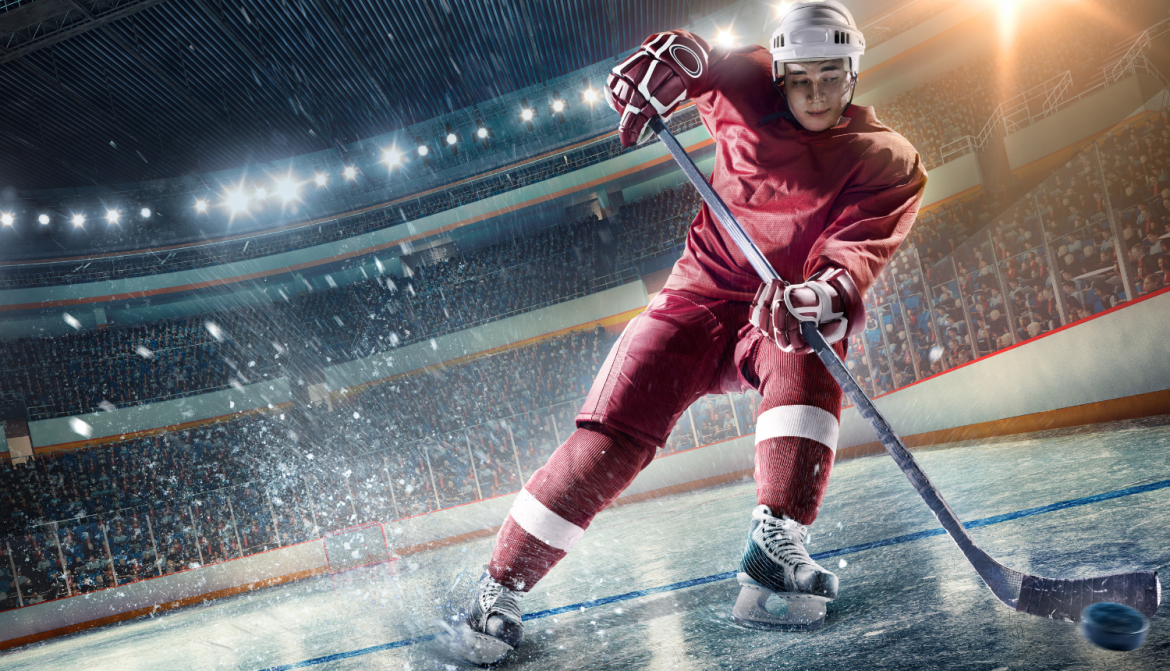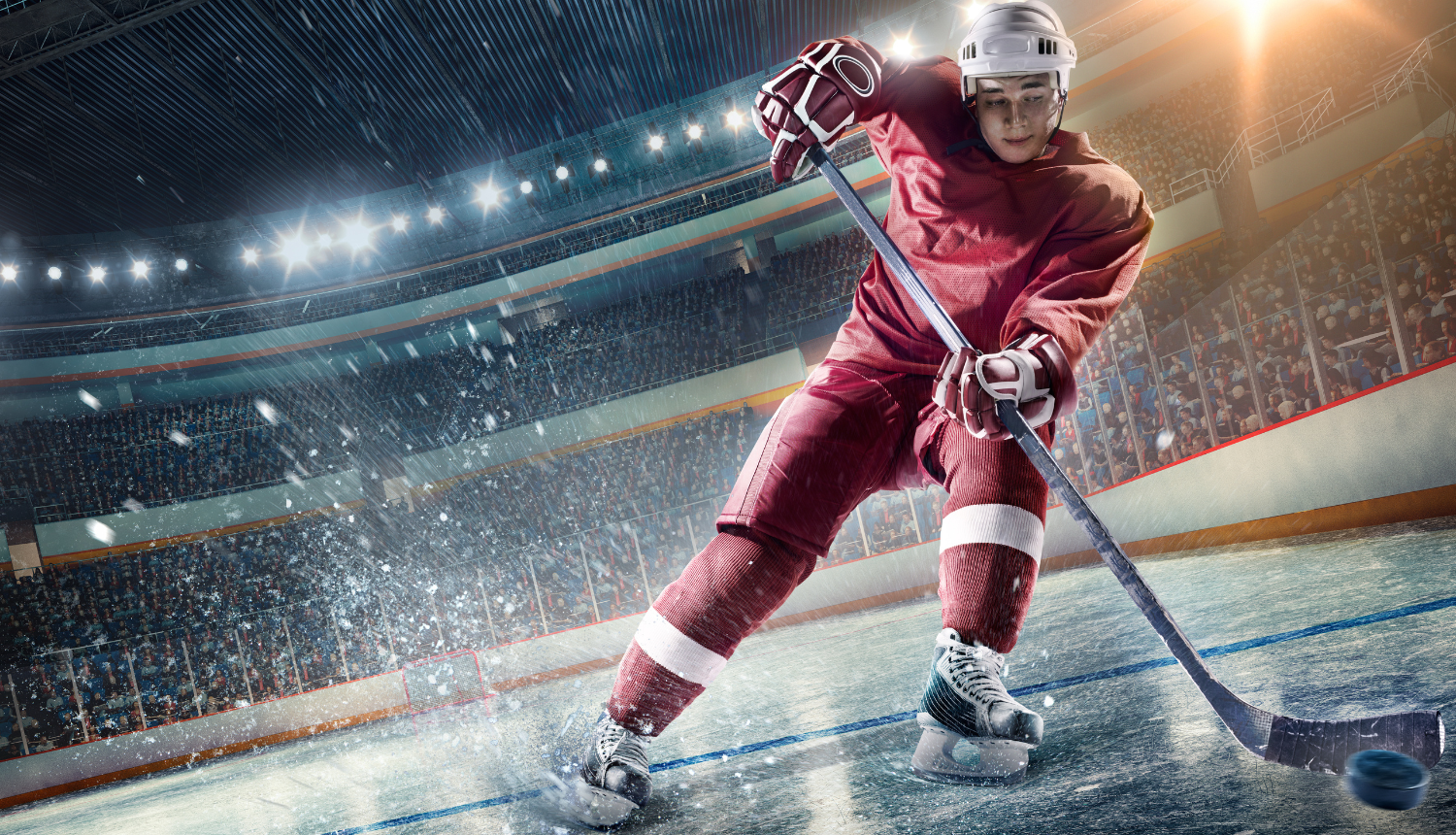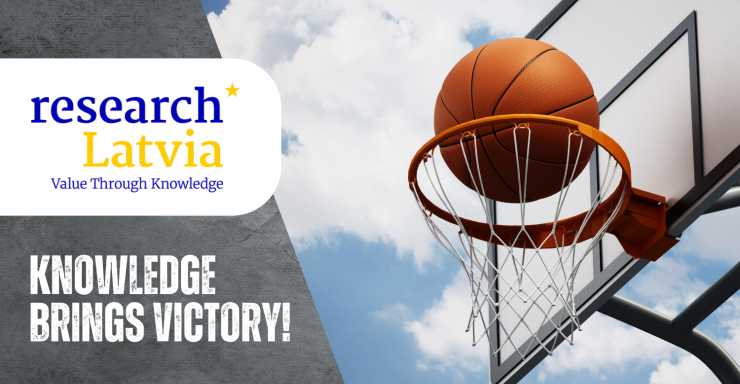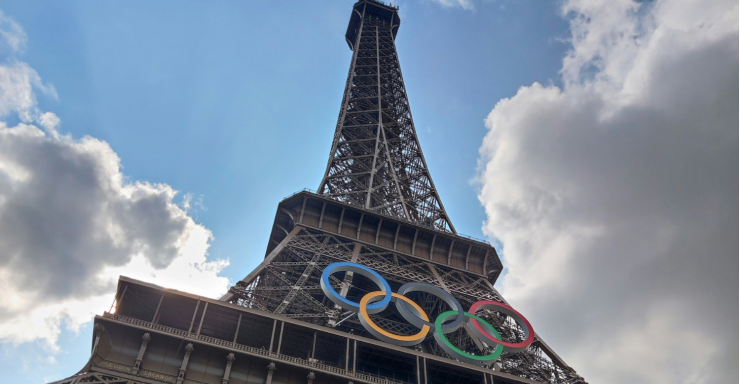Dynamic ice hockey games combine athleticism with scientific principles. Lightning-fast passes, precise shots, and strategic maneuvers are all rooted in the laws of physics. From Newton’s laws of motion to the law of conservation of angular momentum, the science of hockey reflects the intricate interplay between physics and player performance on the ice. The science communication platform researchLatvia compiles the physics principles that underpin this exciting team sport and influence every stride, pass, and goal.
Every year in early May, hockey fans across the country follow the Latvian national team’s journey in the World Championship, celebrating each victory and achievement that unites society and strengthens national pride.

Newton’s Laws of Motion in Action
Hockey is fundamentally governed by Newton’s three laws of motion, which determine player movement, puck trajectories, and collisions on the ice:
- First Law (Law of Inertia): A stationary player remains still until acted upon by an external force, while a moving player continues at a constant velocity unless another force intervenes. This explains why players must apply force when skating, controlling stick movement, and using body checks to accelerate, decelerate, or change direction during the game.
- Second Law (Law of Acceleration): A player’s acceleration is directly proportional to the applied force and inversely proportional to the player’s mass. The greater the force, the faster the movement—this principle enables players to gain speed, change direction, and execute well-planned actions on the ice.
- Third Law (Action-Reaction Law): For every action, there is an equal and opposite reaction. This law helps explain the exchange of momentum in collisions, puck rebounds off the boards, and goalie saves, revealing the dynamic results of force interactions during the game.
The Role of Friction and the Ice Surface
Friction is the force that resists motion between surfaces. This principle is crucial in hockey, as ice has a particularly low level of friction. Skaters use specially designed equipment, such as bladed skates, to reduce friction, allowing for smoother gliding and better maneuverability. Reduced friction enables quick movements, sharp turns, and rapid accelerations, giving players the ability to move swiftly and accurately.
Conservation of Angular Momentum
The law of conservation of angular momentum is a fundamental principle that affects the rotational movements of players, the puck, and the stick. When a player makes a turn on the ice, angular momentum is preserved, determining the speed and direction of rotation. By applying this principle, players can perform spins, dekes, and puck-handling techniques, showcasing the strong connection between physics and skill in the game.
Energy Transfer in Collisions
Player collisions vividly demonstrate the principles of energy transfer. When the puck strikes the stick or players collide, energy changes form. Body checks and impacts transfer energy between players, affecting their momentum, speed, and subsequent movements on the ice. Understanding these energy changes helps players anticipate and react effectively to collisions, reducing injury risks and enhancing game performance.
The science of hockey offers a fascinating view of how the laws of physics influence sports. By understanding how Newton’s laws, friction, conservation of angular momentum, and energy transfer affect hockey, both players and fans gain deeper insight into the nuances and scientific foundations of the game—allowing them to harness the power of physics.
Knowledge brings victory!
Source: The Science of Ice Hockey: Physics Principles at Play on the Rink


